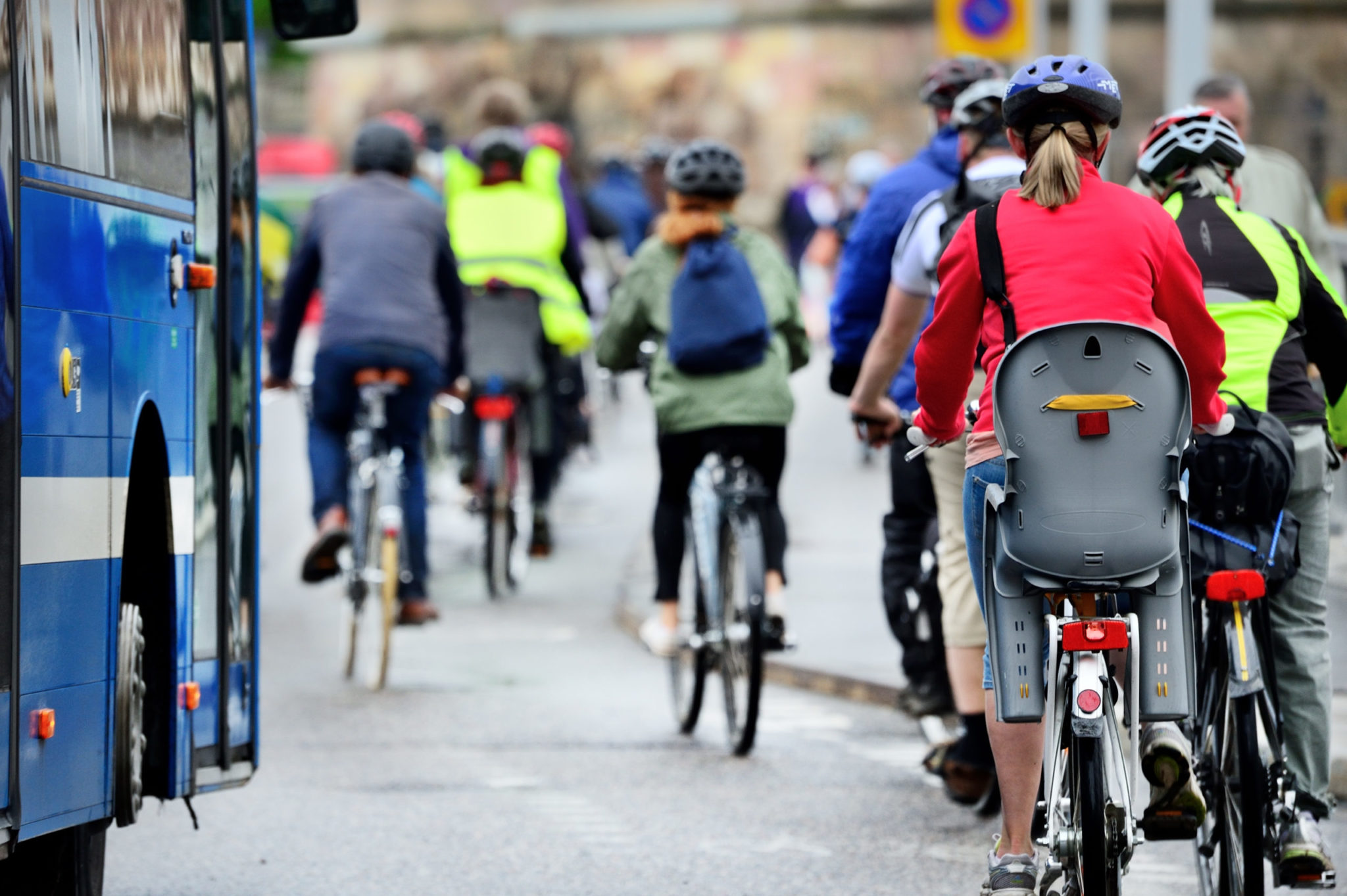Spring is now upon us in Southern Ontario, and that means many more vehicles of the two-wheeled variety will be hitting the streets. But there are a number of questions that cyclists need to know the answers to before they lift the kick-stand and pedal out onto the roads. Some of the basics include:
● Do cyclists have to follow speed limits?
● Does a bicycle have to obey the rules of the road?
● Are you allowed to ride your bike on the sidewalk?
● Is it illegal to ride a bike without a helmet in Ontario?
The answers: yes, yes, no, and ‘it depends’.
Bicyclists have the same rights, but also must follow the same rules of the road, as motor vehicle drivers. They are subject to the Highway Traffic Act (HTA) in Ontario, along with additional municipal by-laws, and as such, they must follow posted speed limits—yes, bicyclists can get a speeding ticket.
They must also obey all rules of the road—this includes signalling properly for a turn, stopping at crosswalks, and obeying all traffic signals and signs. And unless you’re aged 14 or under, you cannot ride on the sidewalk.
When it comes to helmets, although it might defy logic, adults 18 years of age and over are not required to wear one on a bicycle in Ontario (though it is “strongly recommended”), while children aged 17 and under must always strap one on.
Other important cycling regulations include:
● Proper lighting and reflective material
● A working bell or horn
● Ride one metre from the curb
● Stopping two metres behind open transit doors for passenger loading and unloading
● Don’t drink and ride: Cycling erratically while under the influence of alcohol can lead to careless driving or public intoxication charges under the HTA
What are the most common causes of bicycle accidents?
There’s a difference though, between what laws cyclists need to know, and what common-sense safety practices they should abide by. Even though they are considered a vehicle on the road just like any other 4-wheeled automobile, they do, of course, face many challenges that automobiles do not.
Bicycles are harder to see, and can fit into tight spaces in traffic that cars cannot.
And while many statistics find that automobiles are often at fault for accidents with bicycles, there have been some studies around the world that have found that up to 60% of cyclists involved in fatal accidents are themselves at fault.
For self-preservation, riders should be aware of these bicycle safety tips:
● Avoid riding alongside parked cars
>>Although it’s the car’s responsibility to avoid “dooring” an oncoming bicycle, it’s safest for the cyclist to give that extra one metre distance if possible, or to avoid riding next to parked cars altogether.
● Never weave in and out of traffic
>>Unpredictable behaviour is a recipe for disaster for the bicyclist. Car drivers are constantly making decisions about the next best course of action while in traffic, including taking into account what the cyclist beside or ahead of them might do — but a sudden unexpected movement by a bike can lead to tragic circumstances.
● Leave the cell phone in the backpack
>>Listening to music, talking on the phone, and of course texting can leave a cyclist distracted enough to get themselves in serious trouble in traffic. Riders need full use of visual, auditory and balance cues to ensure a safe trip.
● Wear the helmet — no matter what Ontario laws say
>>Over 60% of cyclists who die in a collision in Ontario are not wearing a helmet. Studies have shown that wearing a helmet cuts the risk of head injury by more than 50% in an accident — and the risk of severe head injury by much more than that.
No-Fault Benefits apply to bikes, too
The rules of the road aren’t the only thing bicyclists share with motorists; the right to proper compensation in the event of an accident is also shared.
“It’s important for cyclists to be aware that if they are riding their bicycle and are involved in an accident with a motor vehicle, they are entitled to claim medical, rehabilitation and income replacement benefits, etc., under Ontario’s No-Fault Benefit system,” says Brian A. Horowitz, of Horowitz Injury Law. “They may also have the right to sue the at fault party in a court action to recover damages for their personal injuries.”
As a bicyclist, you have the opportunity to keep yourself safe, if you follow safety measures, the rules of the road, and stay aware at all times.
The mixing and matching of two- and four-wheeled vehicles on the road doesn’t have to be an accident waiting to happen.
If you or a loved one has been involved in a serious bicycle accident, contact Horowitz Injury Law immediately. With nearly 35 years’ experience handling bicycle and related road accidents, we will fight to get you the compensation you deserve. Call 416-925-4100 for a free, no-obligation consultation.




